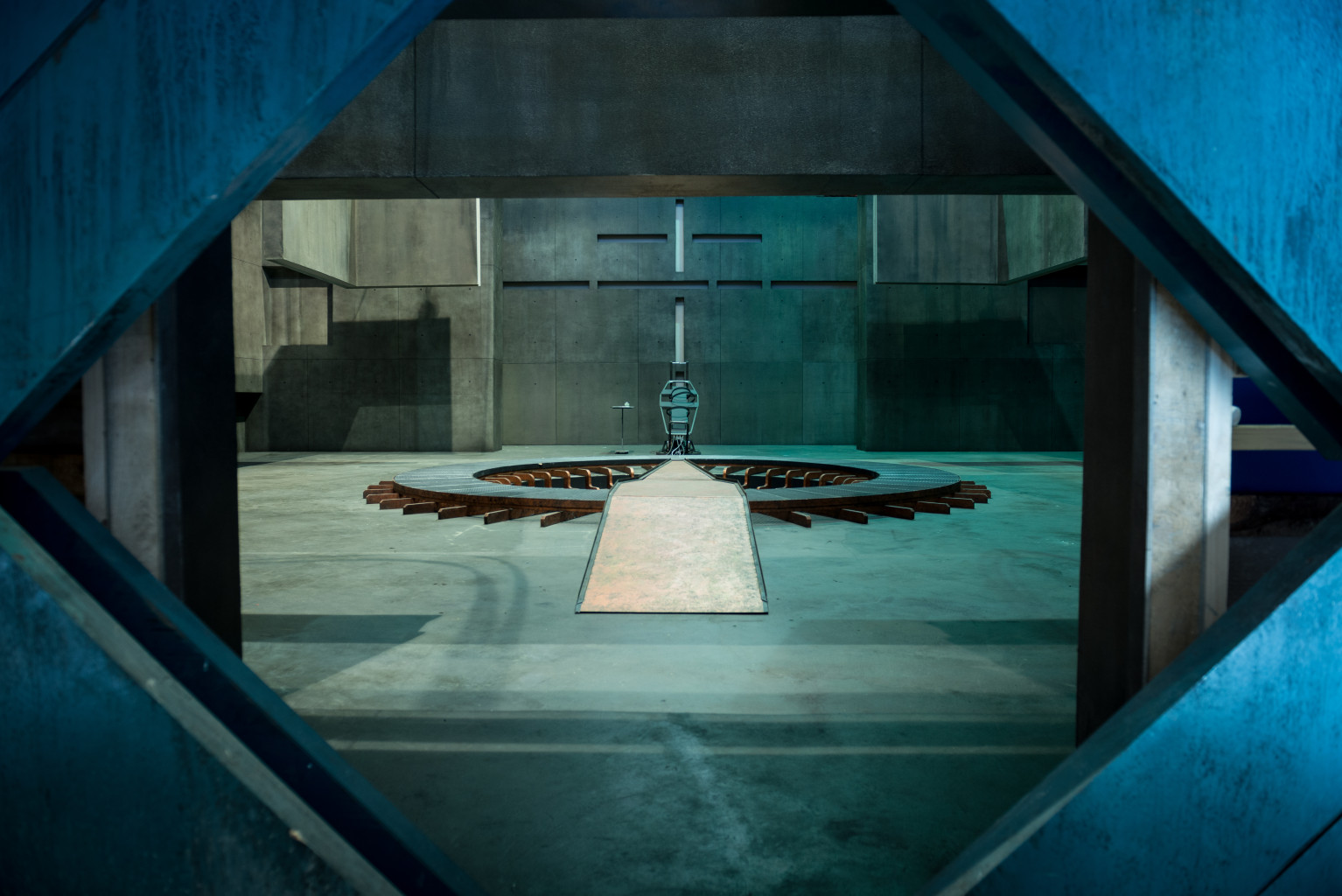Deep narrative: the next evolution of the Escape Room experience

A guest post by Joanne Reay, producer at Terra Mater Studios and speaker at our Escape Room Game Jam this month:
My great-uncle Alfie tackled the Times crossword puzzle every day for forty years. What began as a battle to solve the clues evolved, over time, into a battle of wits and wills between himself and the roster of anonymous cruciverbalists who compiled the daily puzzles.
He came to recognize the style, fields of reference and foibles of each of the compilers and this added another layer of engagement to his experience. Not only would Alfie have the fun of cracking the clues, but he could also wrestle with guessing which of the compilers had created the puzzle and – using that knowledge – get an additional insight into the solution.
Like a detective perceiving a modus operandi — he enjoyed an added advantage.
Proving as addictive as crossword puzzles, Escape Rooms exploit our fascination with finding solutions. The format is simple: 3 – 8 players are voluntarily locked in a room and, within a given time-span, they must solve a series of puzzles in order to escape. To date, most rooms offer only a scant narrative, usually a defined location (a pharaoh’s tomb, a mafia mob-house, a nu-clear bunker). I believe however, that the next generation of Escape Room will offer a compelling narrative in which an understanding of the story-world delivers an added advantage and insight into the solving of the clues.
If this is proves to be so, an additional aspect might come into play: our minds operate differently when we follow a story. Logic falls into step alongside intuition and our ability to imagine the impossible is stimulated. The deep pulse of an unfolding story, resonating around the puzzles, may trigger different parts of our conscious and subconscious mind to engage with the puzzles and the methods by which we solve them could take a new turn.
One further fresh dynamic to consider: in the traditional Escape Room, the puzzles are the masters and the players the pawns. If we enter a room where the story is woven into the warp and weft of the experience, it could be that the solution of a particular puzzle affects the narrative and steers the story in a new direction, leading to an alternate set of puzzles. A more fluid expe-rience would result, eventually breaking the bounds of the Escape Room and generating story strands that travel across other media, such as film.
At the Game Jam, we’ll witness the story-world of the movie DxM and explore how it can worm-hole into an Escape Room experience.
Finally, if we look at video gaming – so often the path-finder in entertainment evolution — we see something that began as simple hand-eye coordination puzzles and rapidly evolved into a pleasure-dome of narrative, Escape Rooms stand on the tipping point of becoming an immer-sive experience and so, once again, the art of story-telling finds a new arena.
About the Author:
 JOANNE REAY is a screenwriter and producer, now heading up Terra Mater Studios, the new cinema division of Red Bull Media House. She is also an author of “Romeo Spikes”, the first novel in the Lo’Life trilogy, published by Simon & Schuster.
JOANNE REAY is a screenwriter and producer, now heading up Terra Mater Studios, the new cinema division of Red Bull Media House. She is also an author of “Romeo Spikes”, the first novel in the Lo’Life trilogy, published by Simon & Schuster.
